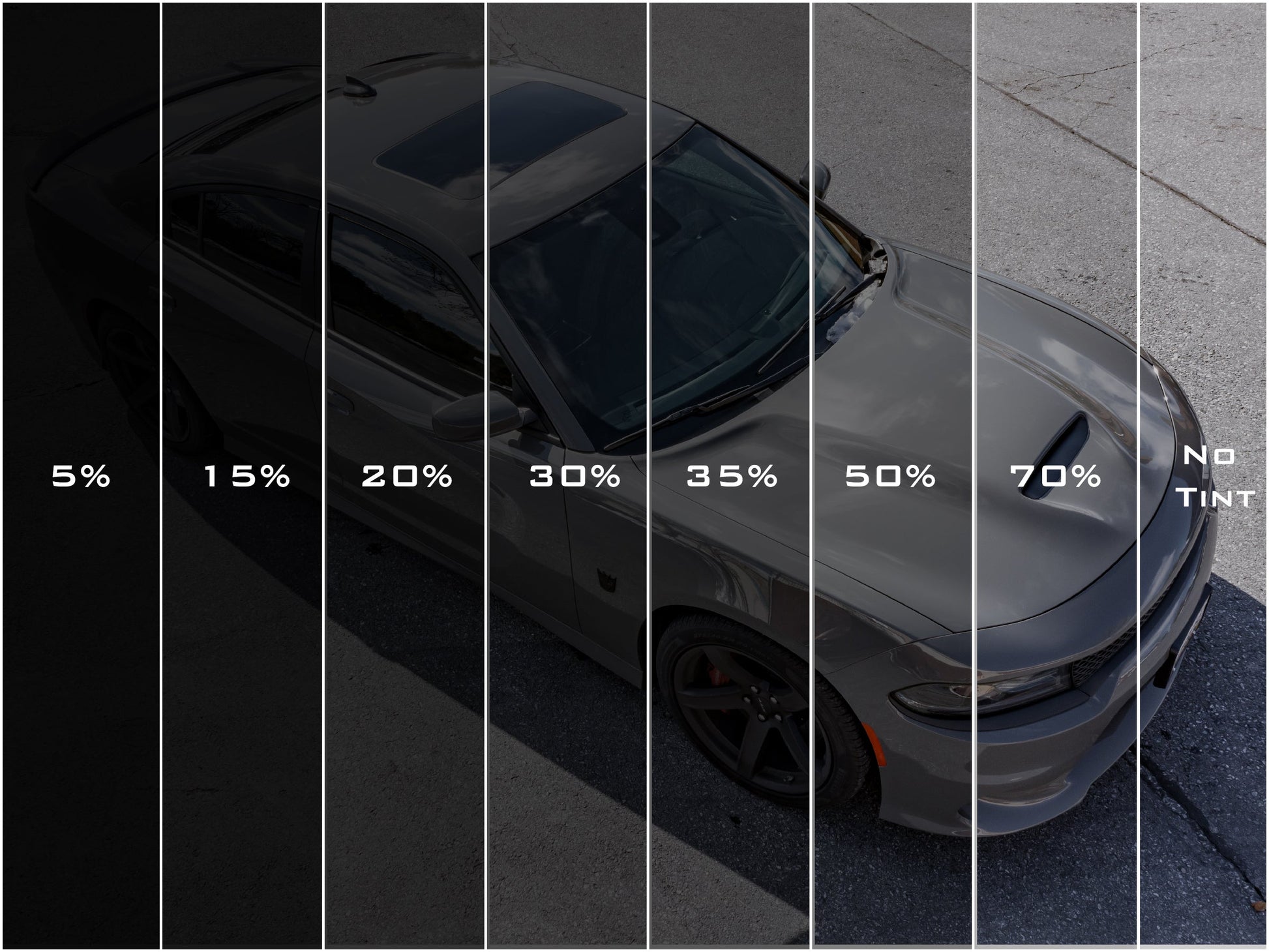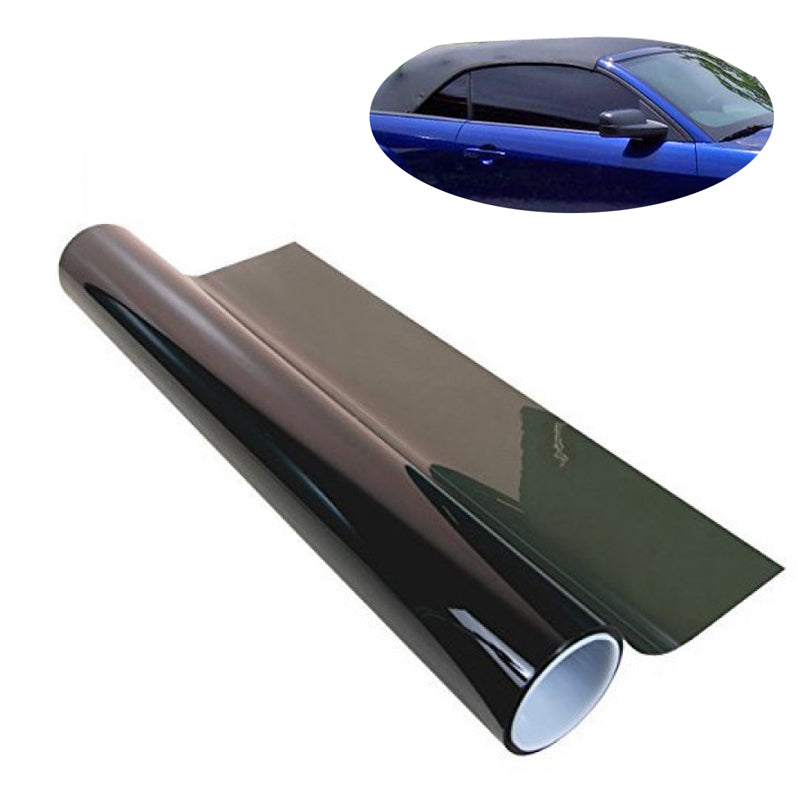Keep Cool and Comfortable: The Scientific Research Behind Window Tinting
Window tinting stands for a sophisticated interplay of products scientific research and sensible application, operating mostly through a thin film that alters the means light interacts with glass. This innovation is not simply an aesthetic option; it plays a crucial duty in reducing solar heat gain, lessening glow, and providing substantial UV defense. As we discover the different devices and benefits connected with Window tinting, it ends up being apparent that its influence expands past comfort, affecting power consumption and ecological sustainability. The concern continues to be: what factors should one think about when picking the suitable Window color for their details demands?

Just How Window Tinting Works
Window tinting runs with the application of a slim movie to the glass surface area, which serves to modify the means light communicates with the Window. This film is typically composed of polyester or various other synthetic materials and is installed with various dyes and metals that influence light transmission and representation. When light strikes the colored Window, a part of it is soaked up, while some is reflected, and the remainder passes through.

Moreover, Window tinting can improve personal privacy and decrease glare, making spaces much more comfortable without compromising exposure. The effectiveness of Window tinting differs based on aspects such as the kind of film made use of, the angle of light occurrence, and the features of the glass. Recognizing these concepts is important for choosing the ideal color for specific demands and atmospheres.
Advantages of UV Protection
One of one of the most significant benefits of Window tinting is its capacity to supply reliable UV defense. Ultraviolet (UV) radiation from the sun is a well-documented reason for skin damage, consisting of premature aging and a boosted risk of skin cancer (AO Detail Window Tinting). By incorporating Window tinting, individuals can considerably minimize their direct exposure to damaging UV rays, improving their overall wellness and well-being
Top notch Window film can obstruct as much as 99% of UV radiation, creating a safer environment for occupants. This defense is especially valuable for those that spend expanded periods inside, such as office workers or homeowners in warm environments. UV direct exposure can lead to fading of indoor furnishings, art work, and flooring, resulting in costly substitutes. Window tinting aids minimize these effects, maintaining the visual charm and stability of interior spaces.
In enhancement, numerous Window film use a dual advantage by lowering glare, which can enhance convenience and efficiency. Overall, the implementation of Window tinting serves as a positive action to safeguard health and wellness and prolong the life of treasured properties, making it a sensible investment for both domestic and commercial setups.
Temperature Policy Systems
Reliable temperature level policy is a critical advantage of Window tinting, as it contributes to an extra comfy interior atmosphere. Window film are designed to reflect, take in, and transfer differing levels of solar energy, enabling for a regulated monitoring of warm entering an area. This regulation is mostly attained through the optical properties of the tint, which can obstruct a significant portion of infrared radiation while allowing noticeable light to pass through.
By reducing warm gain during warmer months, Window tinting aids preserve a steady interior temperature level, reducing the reliance on air conditioning systems. Alternatively, during chillier months, certain kinds of Window film can aid maintain warm within the building. This double performance makes sure that passengers experience constant comfort regardless of external climate condition.
In addition, Window tinting can reduce temperature variations brought on by straight sunlight, minimizing the risk of locations near windows. As a result, the overall interior environment comes to be more balanced, improving passenger satisfaction and efficiency. The scientific research behind these temperature policy mechanisms shows the importance of Window tinting as a practical solution for boosting living and workplace.
Enhancing Power Performance
Energy performance is significantly enhanced through the application of Window tinting, more building upon the benefits of temperature level law. By reducing the quantity of solar heat that goes into a building, Window tinting decreases the reliance on air conditioning systems, resulting in reduced power consumption. This not only adds to minimized energy costs however additionally reduces greenhouse gas emissions associated with power manufacturing.
Along with warm reduction, Window tinting additionally assists preserve stable indoor temperature levels, which can decrease the work on heating systems during chillier months. This double benefit of managing both warm gain and loss lead to an extra efficient total power efficiency for household and business buildings alike.
Moreover, Window tinting can shield home furnishings and interiors from dangerous UV rays, which can trigger fading and damage in time. By preserving the stability of interior areas, home proprietors can reduce the frequency of fixings and substitutes, even more boosting cost savings.
Eventually, integrating Window tinting as part of an energy-efficient approach not only enhances convenience yet also promotes sustainability, making it a prudent financial investment for those aiming to boost their energy impact.
Picking the Right Color
Choosing the suitable Window color is websites critical for maximizing the advantages of this enhancement. The choice of color can considerably impact power performance, appearances, and privacy. When thinking about Window tinting, it is important to assess the various sorts of film offered, consisting of dyed, metalized, and ceramic options. Colored film supply a fundamental degree of warm reduction and privacy but might fade gradually. Metalized film use improved heat rejection and boosted longevity useful source as a result of the reflective buildings of metal layers. Nonetheless, they might conflict with digital signals.
Ceramic Window film represent an exceptional choice, combining excellent thermal insulation with low reflectivity, thereby maintaining a clear view. It is additionally essential to think about the legal laws concerning tint darkness try this web-site in your location, as compliance is crucial to prevent penalties and ensure security.
Additionally, examining your specific needs-- such as UV protection, glow decrease, and privacy-- will direct your option procedure. Consulting with an expert installer can supply beneficial insights and suggestions tailored to your situation. Inevitably, the right Window tint equilibriums functionality and visual appeals, contributing to an energy-efficient and comfortable environment.
Verdict

Window tinting represents an advanced interplay of materials science and sensible application, functioning mostly through a thin movie that changes the way light interacts with glass.Window tinting operates via the application of a thin film to the glass surface area, which serves to customize the means light connects with the Window. By integrating Window tinting, people can dramatically reduce their direct exposure to dangerous UV rays, improving their overall wellness and wellness.
Furthermore, Window tinting can alleviate temperature fluctuations triggered by direct sunlight, decreasing the threat of warm places near windows. When taking into consideration Window tinting, it is essential to assess the various kinds of film readily available, consisting of colored, metalized, and ceramic choices.